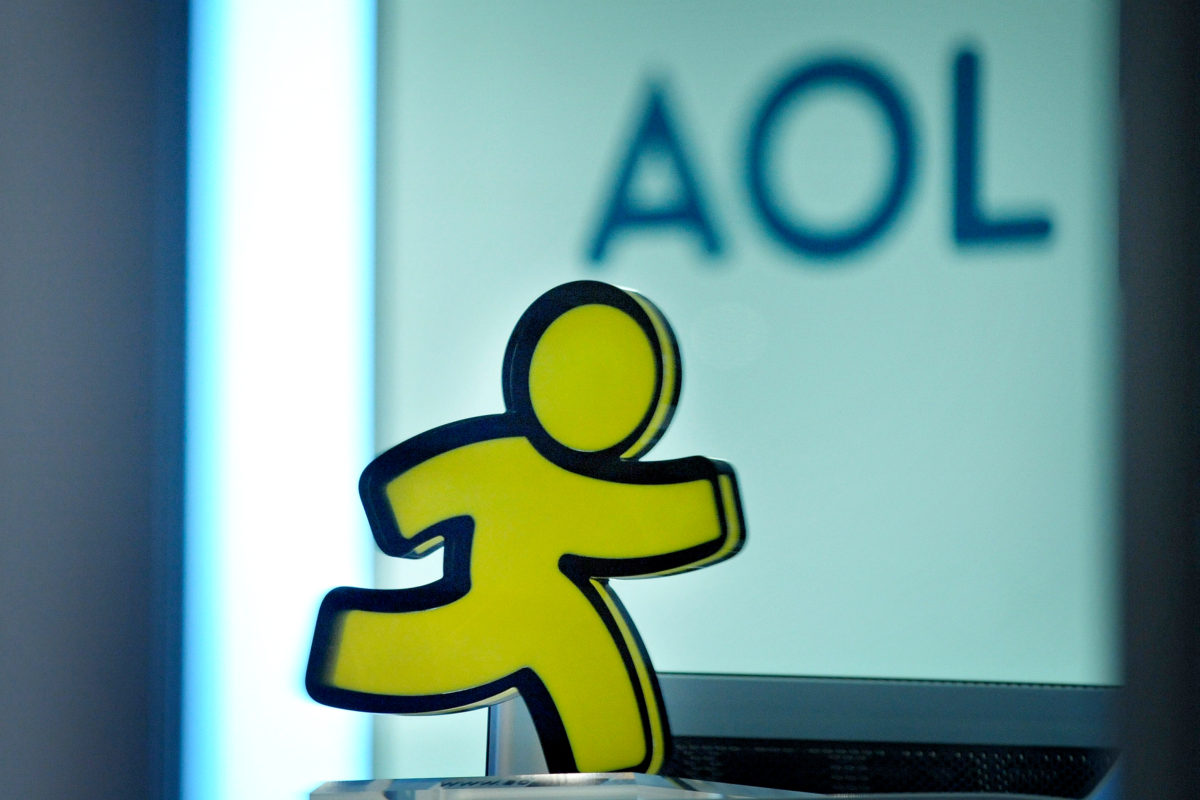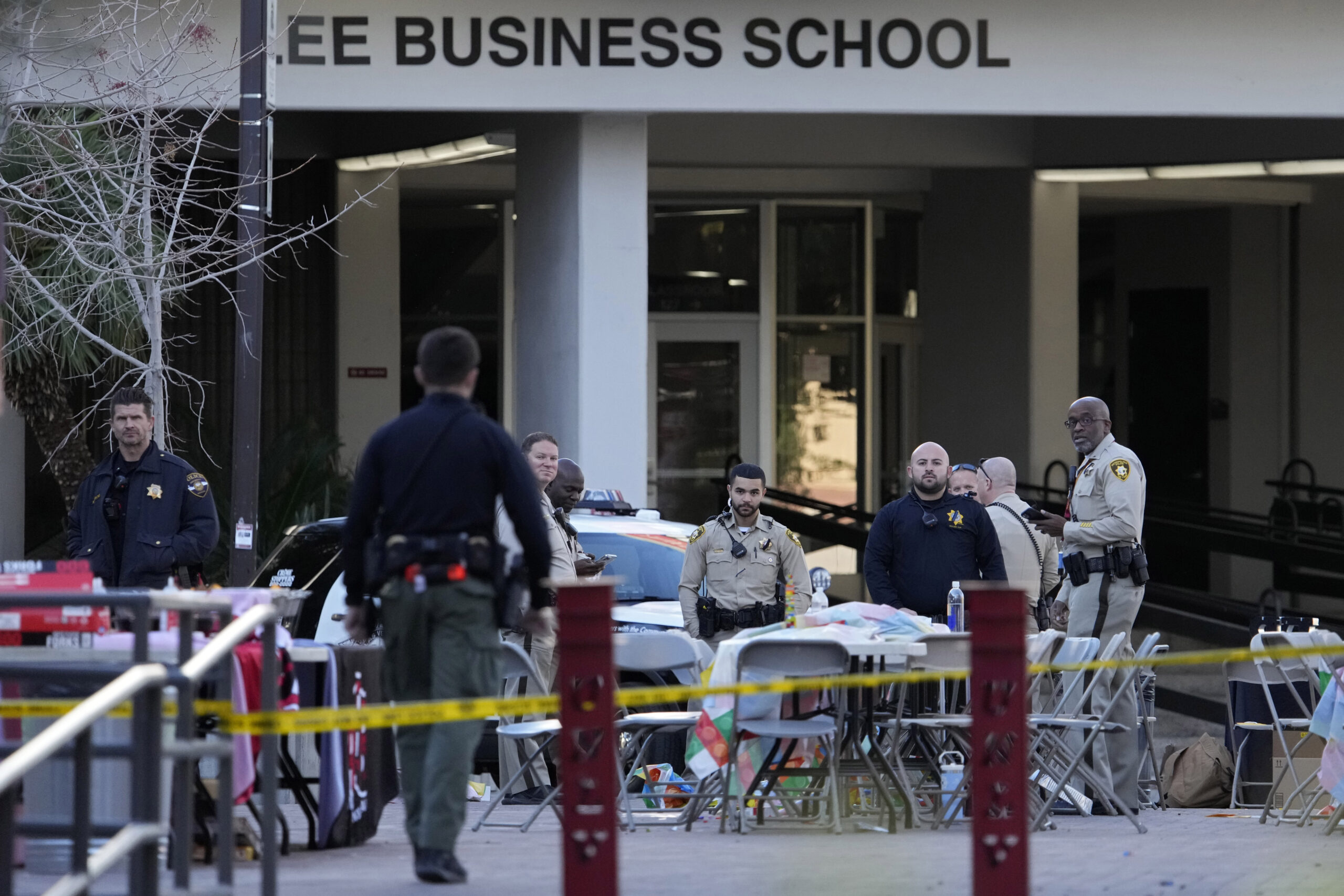By: Cayden Mak
 In 1998, when I was 11, we got the internet at home. My mom, a public school teacher, thought it’d be useful for me and my little sister to do our homework. She has always been very forward-thinking about technology, and computers were a part of our home life for most of my memory, thanks in no small part to the deep discounts educators used to get on Apple machines.
In 1998, when I was 11, we got the internet at home. My mom, a public school teacher, thought it’d be useful for me and my little sister to do our homework. She has always been very forward-thinking about technology, and computers were a part of our home life for most of my memory, thanks in no small part to the deep discounts educators used to get on Apple machines.
I remember the first time I knew that the internet was going to change everything. A couple years after we first got online, I somehow found my way to an AOL message board about philosophy — I thought of myself as a serious intellectual even as a kid — and had my mind blown by a group of users discussing feminist theory. Although the ideas they discussed were fascinating, that’s not what really blew my mind.
The real game-changer was discovering that there were people out there in the world who wanted to talk about the things I so desperately wanted to discuss. Why did I feel so different from my peers? Is there anybody else out there who is like me? How can we live together as human beings?
The internet became a critical lifeline to the world outside my isolated, extremely white suburban surroundings. I learned about ideas and people I would never have encountered — and learned about people I had encountered in a new light. It was in communities online that I learned the language to describe my experience as a queer person of color; as an Asian American; as a mixed race person.
In those days, platforms like the AOL message boards I frequented, as well as Asian Avenue and drag-and-drop web publishing tools like Geocities, let everyday people create opportunities to find each other, discuss pressing issues, and share our creative work. Today, the network effects offered by big platforms like Facebook and Twitter help us find “our people” faster than ever. The internet at its best, in its cacophony of words, images, and experiences, demands we expand our horizons to see what’s out there. It helped me see the world outside the here and now, and showed me that there was so much more to fight for. It’s no big surprise that I pounced on the opportunity to make organizing on the internet a focal point of my career.
But at the same time, the web has also been the home of people organizing for very different things. Online communities seeking to breathe new life into white supremacist ideologies cropped up all over the web at the same time I was finding home. The far right has experienced a powerful cultural resurgence, fueled in no small part by their own online spaces. But unlike the communities I found as a teen, which emphasized finding each other and ourselves as an antidote to our isolation, far right spaces turn the alienation many young white people experience into fuel for violence. A chilling example of this phenomenon is Dylann Roof, who was politicized on white supremacist message boards and, independently, murdered nine members of a Bible study group at the Emanuel African Methodist Episcopal Church in Charleston, South Carolina.
To make matters worse, big platforms like Facebook and Twitter are generally reticent to remove abusive users who often drive people of color and others offline and underground. The business model of the social media platform is built on capturing and holding our attention — it’s actually in their financial interest to let these users toe the line. Our hateclicks and thinkpiece takedowns ultimately make them money. We’ve seen that, until those large platforms are put under pressure from their users, they are often happy to give them their implicit blessing by letting things slide, since their stock values go up.
I don’t want to suggest that the internet must always be a double-edged sword and we should settle with a “live and let live” approach. The internet is the result of design decisions, from the algorithms that deliver your friends’ posts to your news feed to the fiber optic cables that connect continents. Those design decisions shape our expectations of the web and how we relate to each other online. And the decisions are often made by people who have only experienced the more utopian parts of the web while having less to lose at the hands of white supremacists, online and off. Due to their positions, insulated from these abusive behaviors, they struggle to even take our complaints seriously.
The solutions to this tangle are not simple. We can’t trust the government to regulate what happens online. It’s clear, from the net neutrality debate to the passage of SESTA/FOSTA to the Facebook Cambridge Analytica hearings, that Congress is woefully underprepared to create rules that ensure the internet continues to be a thriving environment while limiting the ability of malicious actors to abuse it. Nor do I think trusting one government to take care of all the problems we face online will be sufficient to grapple with the profound cultural shifts that are needed to upend white supremacy and male supremacy, ideas that certainly didn’t start with the web.
At the same time, we also can’t trust the same companies who have been responsible for these harms to self-regulate, or to come up with meaningful solutions. There’s a litany of reasons for this, from the demographics of their executives and boards to their business models that rely on our outrage to ensure clicks and views. Until the business models change, they will always incentivize manipulative headlines and hateclicks, in spite of the big platforms’ nervous assurances that they care about the quality of our shared media environment.
Although this might make it seem that we’re stuck between a rock and a hard place, let’s not forget that the internet was not always like this. The internet used to be a kaleidoscope of communities, struggling to figure out what living together in a virtual world untethered to physical location might look like. For Asian America, that internet let us build the community that many of us couldn’t in our towns and neighborhoods, but could in this new space. To ask the hard questions about what it means to be Asian American. To invent, create, and distribute separate from the normatively white mainstream media. To explore the intersectionality of our identities as Asian Americans who also experience the world through the lenses of gender, sexuality, class, caste, color, faith, and other markers of group belonging.
There are still vestiges of that internet to be found all over the web, and our work at 18MillionRising is not just to revive the old but to envision what is now possible with even more of our people coming online. We have been leveraging all the tools in our toolbox, from policy to pop culture, to figure out how we get there. The growing dissatisfaction with the corporate web signals an exciting opportunity — people are more open now to considering what alternatives might exist. Our entire society is primed to embrace a web that serves a society that is multicultural, pluralistic, democratic, and just.
I believe the next few years will be crucial to deciding what kind of an internet we build together. That internet can and should be an internet for all the people: one that helps all of us see each other more clearly as human, creates brave spaces for deliberation, resists centralized control, and is readily available to anyone who wants it. The stakes are certainly high. But we are the ones we’ve been waiting for, and we’ve been online all along.

Cayden Mak is Executive Director at 18MillionRising.org, an online hub for Asian American social movements leveraging tech and popular culture to build Asian American political identity. In their previous role as Chief Technology Officer, they helped popularize lightweight, modular tech stacks for digital-first organizing and spearheaded VoterVOX, an experiment in how tech designed by communities can transform norms that already exist in those communities into important tools for change.
Write Back, Fight Back(#WriteBackFightBack) is a weekly essay series sponsored by 18MillionRising, Asian Americans Advancing Justice, and Reappropriate. It features emerging Asian American writers on topics of racial and social justice. New essays will appear every Thursday.


